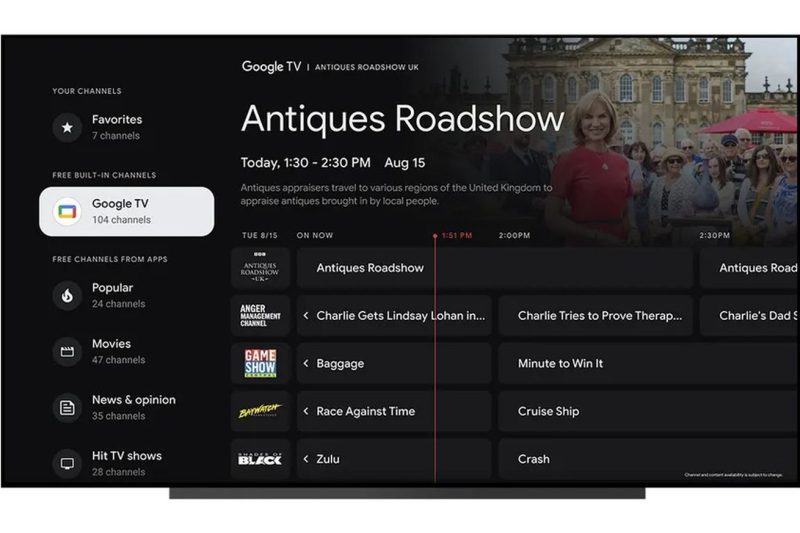In recent years, the landscape of television has undergone a significant shift with the rise of streaming services and on-demand content. Google, a tech giant known for its innovative approach to technology, is now set to enter the realm of free streaming TV channels with plans to introduce advertising-supported content.
This move by Google marks a strategic shift in its approach to the television market, as the company has traditionally focused on digital advertising and online services. By leveraging its vast reach and advertising capabilities, Google is poised to disrupt the traditional television industry by offering free streaming TV channels that are supported by ads.
One of the key advantages of Google’s entry into the free streaming TV space is its ability to target ads to specific audiences based on user data. With its powerful algorithms and data analytics capabilities, Google can deliver highly targeted and relevant ads to viewers, increasing the effectiveness of advertising on its platform.
Additionally, Google’s expertise in online advertising and monetization strategies could provide a new revenue stream for content creators and broadcasters who choose to partner with the tech giant. By offering a platform for free streaming TV channels, Google could attract a wide range of content providers looking to reach a larger audience and monetize their content through advertising.
Moreover, Google’s foray into free streaming TV channels could also benefit viewers by providing access to a greater variety of content at no cost. With the rising popularity of streaming services, many consumers are looking for alternatives to expensive cable or satellite subscriptions. Google’s ad-supported free streaming TV channels could offer viewers a more affordable option without sacrificing quality or variety.
However, Google’s entry into the free streaming TV market is not without challenges. The company will need to navigate complex licensing agreements with content creators and broadcasters to ensure a diverse and compelling lineup of channels. Additionally, Google will need to address concerns around user privacy and data protection, as targeted advertising relies on collecting and analyzing user data.
In conclusion, Google’s move into the free streaming TV channel space represents a significant development in the television industry. By leveraging its advertising expertise and reach, Google has the potential to disrupt traditional television models and provide viewers with a new and innovative way to access content. As the tech giant continues to expand its presence in the television market, it will be interesting to see how this new platform evolves and shapes the future of television viewing.

